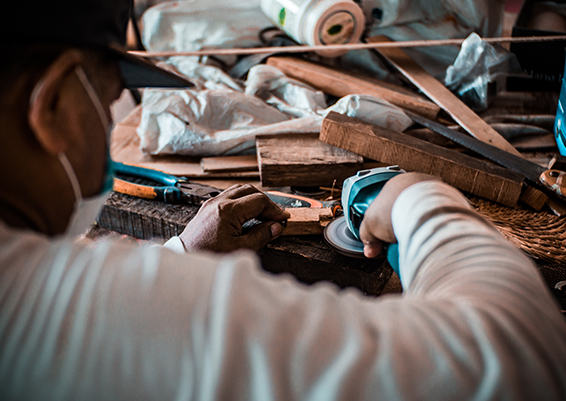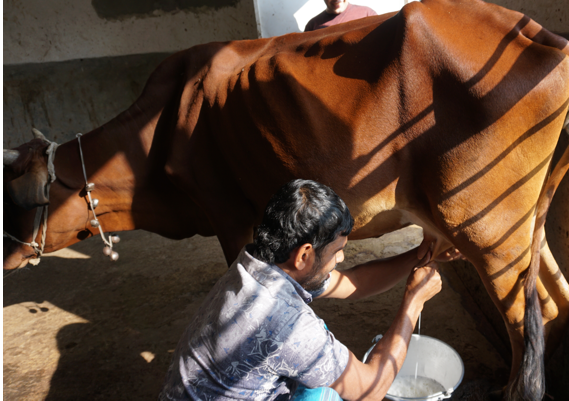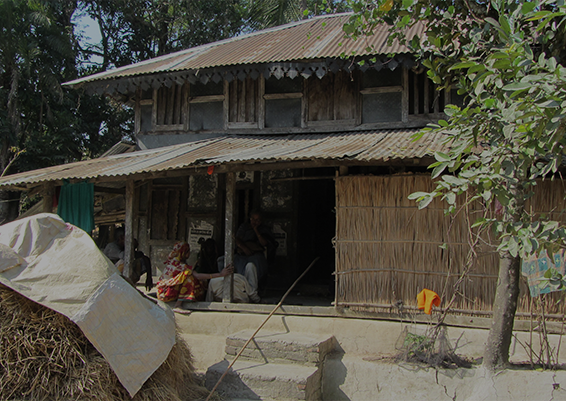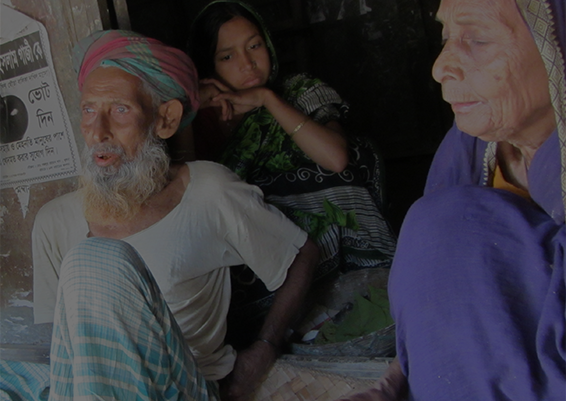PROJECT 1
Vocational Education

Nearly 90% of Bangladesh workforce unskilled
They need your help
According to the Finance Minister AMA Muhith 2007 report, the domestic skill laborer demand will be 72.41 million workers in 2020. Only 10% of the workforce has the skills to perform such labor competently.
The report identified the overall skill gap in agro-food sector at 76%, where the scarcity of skilled laborer is 77%, semi-skilled 75%, and unskilled is 75%. Skill shortage is a situation where employers find difficulties in filling vacancies because there are not enough workers with the desired skills, or employers are hiring workers but they are considered under-skilled and do not possess necessary expertise. In 2013, about 5.4% of labour force (.574 million) was with technical/vocational training. The number and share with vocational/technical education was much smaller in 2010 (i.e. 0.08 million and 0.14%) respectively.
Statistics speak for themselves -
million under-skilled labor
% labor force unskilled
We can change this by providing means to train people in the rural areas in skills that are in demand and future skills that will be required with the substantial growth in infrastructure throughout the rural areas. Skills ranging from electrical, mechanical, carpentry, agricultural, livestock and others will ensure that families in the rural areas can be employed with living wages. By taking this approach we reduce the probability of potential skilled laborers from leaving their rural homes in search of work elsewhere, including abroad.
The reality is that once a person leaves their home, that person usually becomes victims of human trafficking and/or financial servitude. This causes a chain reaction that negatively affects the family that person left to support.

PROJECT 2
Financial
People are ready and willing to work,
but need your help
Giving a family financial support enables them to become an entrepreneur by having the opportunity to purchase a cow for milk, chickens for eggs, seeds for growing crops, fish for fish farming, etc.
By giving the financial means to purchase a cow for milking, for example, a family can start to sell the milk and have a steady income. They can breed the cow and raise calf and start to sell cattle for much larger income. The opportunities are endless; all they need is a little financial support to make it happen. Particularly in rural areas, when meat, fish, and vegetables are brought from remote locations, the price increases significantly. Additionally, the availability is not consistent and therefore causes families to lack a diverse nutritional intake. Some outside products that make it to local markets are adulterated, typically using toxic chemicals, to make them look fresher.

Statistics speak for themselves -
million in urban poverty
% living in extreme poverty
In 2010, 21.3% of the urban population were living in poverty and 7.7% in extreme poverty. Six years later, the ratios were 19.3% and 8% respectively. Between 2005 and 2010, overall labour force participation in urban areas increased because of a substantial increase in female labour force participation (FLFP). The expansion of the garment sector was an important force in raising FLFP as 80% of the employees are female.
Many rural population take their meager savings and move to urban areas, including going abroad, in the hopes of finding work. With the hope of making enough income to support their family back in the rural area. Unfortunately, many of them end of living in shanty towns around Dhaka or having the majority of their wages held by middle men when working abroad. The only way to stop this cycle is to implement programs in the rural areas that encourage self-sustainment.
PROJECT 3
Housing

Many rural homes are not safe or sanitary -
they need your help
Prior to the formation of Tea for 2, Mr. Abu T. Khan has funded the renovation of more than seven family homes in Nowmala. The existing homes were decades old dwellings without many basic provisions and protections. The updated homes are now more safe and sanitary for families.
With you help, we can continue to support the poor by building new homes or updating existing homes to ensure that families have a safe place to live in. Many of the poor obtain high interest loans to build their homes but unfortunately cannot repay the loan. This creates a cycle of poverty and homelessness. Building homes where families can live with dignity and content creates a higher chance of locals to remain in the rural areas and contribute to the local economy.
Statistics speak for themselves -
% of housing not permanent
% of housing are inadequate
The poor population (47%) in Bangladesh find it beyond their means to make a roof to protect themselves from rainwater, sun’s heat in summer and cold in winter. Most of them make their houses at a very low cost, which do not serve purposes in protecting the inhabitants from monsoon rain and winter breeze.
Approximately 77% of urban dwellings and over 98% of rural dwellings are not permanent. Overcrowding and minimal or no infrastructure support services are further problems. Natural calamity like river erosion, flooding, storms, cyclones, and fires are the main causes of destruction of housing in Bangladesh. Each year many people lose their houses and ancestral land due to flooding and river erosion of the river Padma, Jamuna, Brahmaputra and other principle rivers. So, people are compelled to migrate to urban areas.

PROJECT 4
Clinical Support

Access to basic healthcare is difficult,
but need your help
Bangladesh has, on average, one clinic per 6,000 population. Without support from charitable organizations, attaining basic health care can be challenging.
According to the World Health Organization (WHO 2010) only about 3% of the Gross Domestic Product (GDP) is spent on health services. However, government expenditure on health is only about 34% of the total health expenditure (THE), the rest (66%) being out-of-pocket (OOP) expenses. Inequity, therefore, is a serious problem affecting the healthcare system.
Statistics speak for themselves
% under age 5 stunted
% government health expenditure
We want to ensure that those in need of basic healthcare can receive it. Needs may include cuts and scrapes, purchasing of prescription medication, providing transportation to clinics/hospitals, and other basic needs.
Several years ago, when Zaman was in Nowmala, a mother came to his home with her child in her arms. The child was in pain. He asked the mother what happened, and she showed him the child's hand, it was clearly broken. It has been like that for a few days, since she did not have the means to go to a clinic or hospital. Zaman provided her with transportation to the closest hospital and money to take care of any medical bills. However, due to the delay in receiving help the child’s arm will never function normally. These are the types of events that we want to make sure no mother or father must go through.



